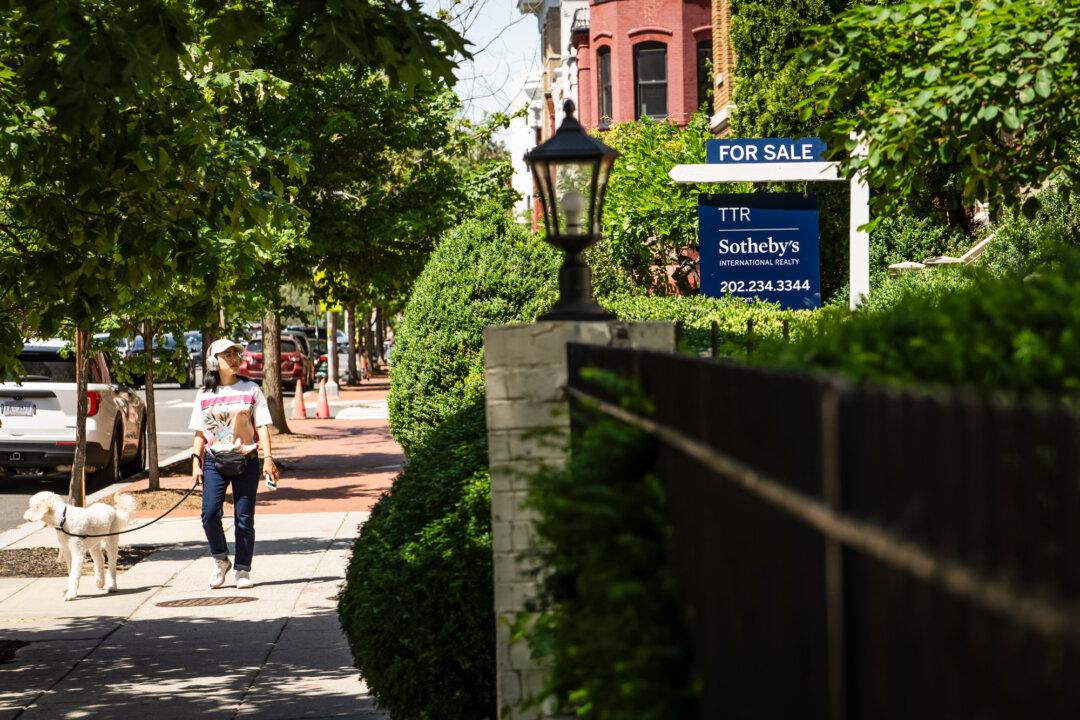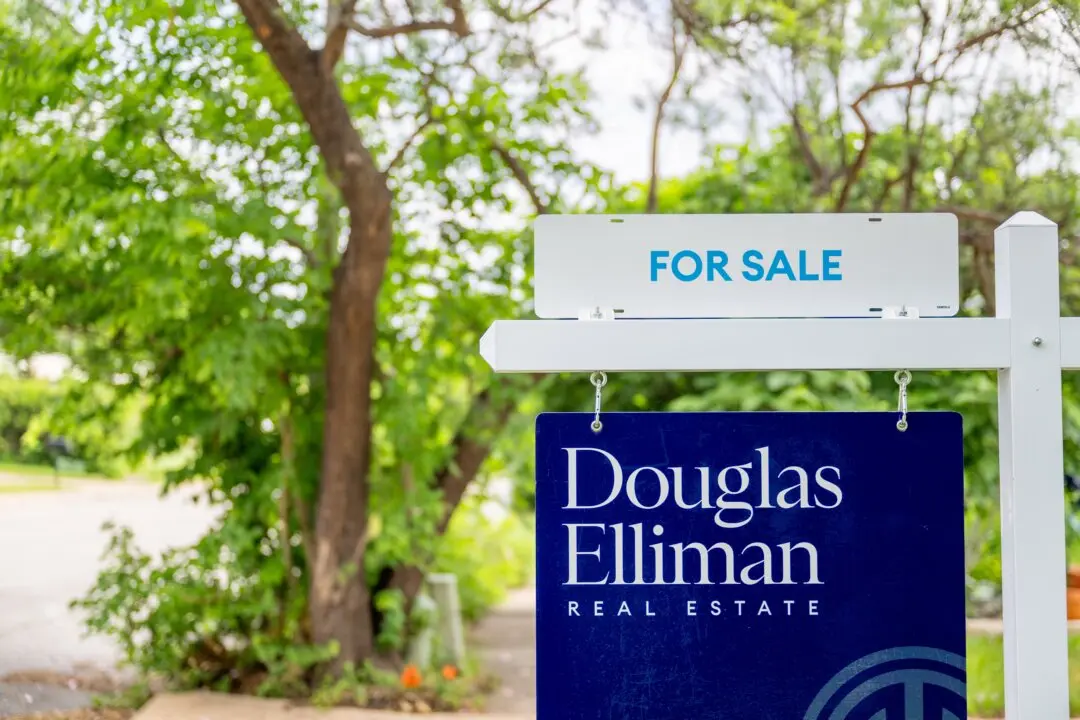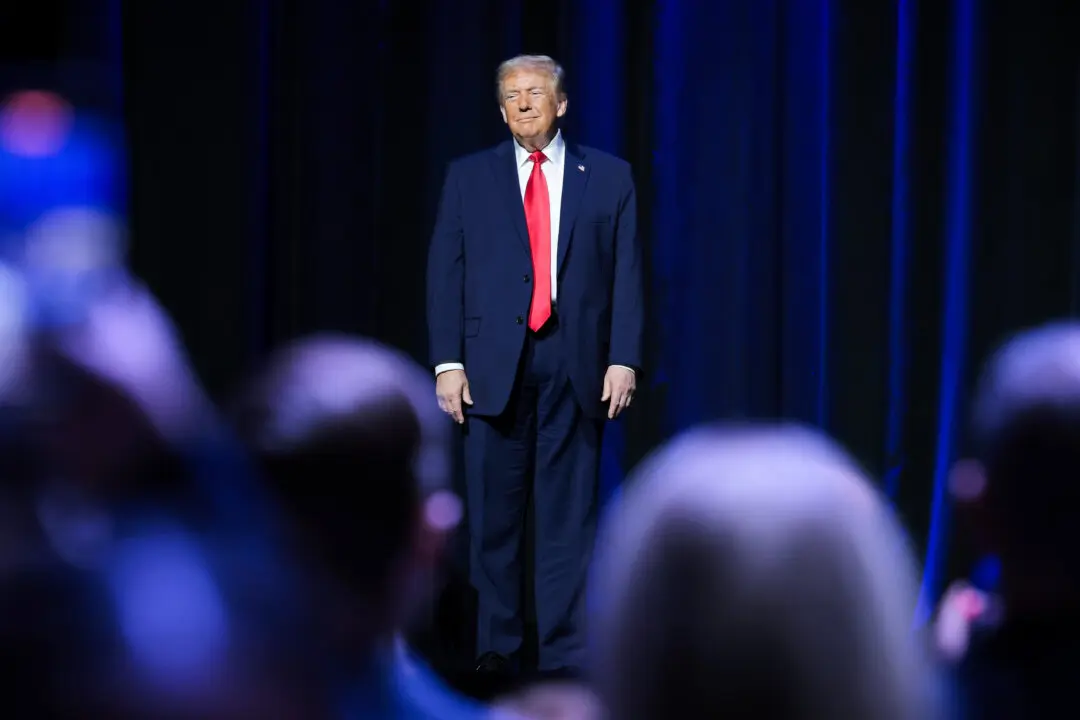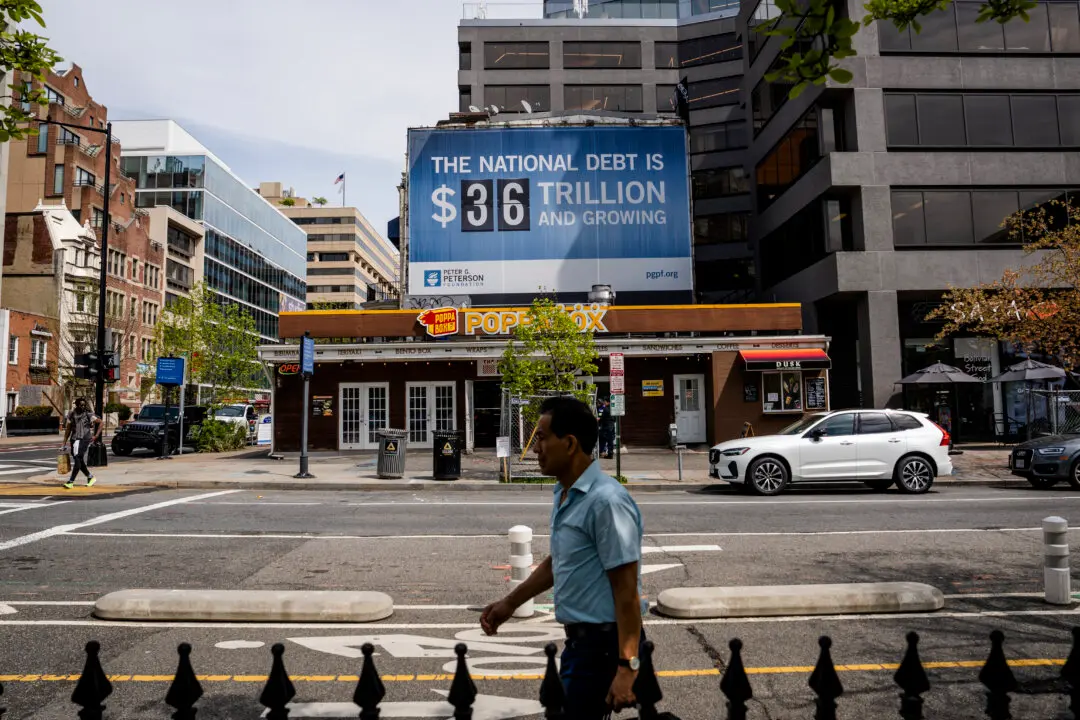Former President Donald Trump’s loosening of rules in the banking sector in 2018 “had nothing to do with” the failure of Silicon Valley Bank and Signature Bank, according to Federal Deposit Insurance Corp. (FDIC) Vice Chairman Travis Hill.
Since the collapse of Silicon Valley Bank (SVB) and Signature Bank, a chorus of Democrats have asserted that the former president’s signing of the bipartisan Economic Growth, Regulatory Relief, and Consumer Protection Act contributed to the banking turmoil last month.





